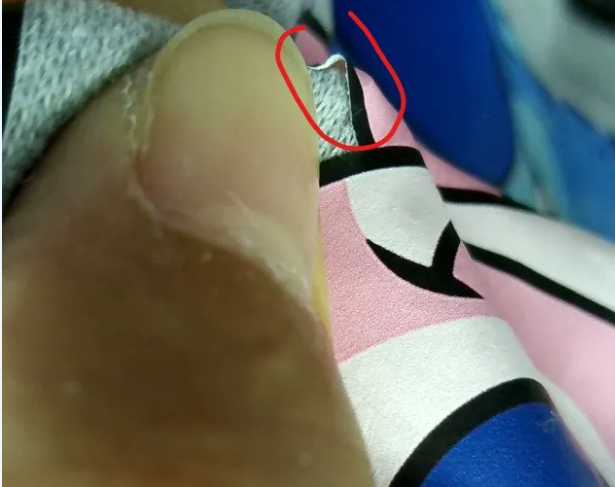Explore the fastness relationship between DTF white ink heat transfer and the pressure of the heat press
Release time:
2025-08-04
The pressure setting of white ink sublimation printing does indeed have a direct impact on color fastness. According to the process principle, pressure affects the bonding strength between ink and fabric through the following mechanism:

I. The Mechanism of the Impact of Pressure on Color Fastness
| Depth of ink penetration | When the pressure is insufficient, the ink only adheres to the surface of the fabric and does not fully penetrate the gaps between the fibers, resulting in a decline in the resistance to friction and water washing. For instance, when the pressure is lower than 4kg, some ink particles may not be compacted, and they are prone to fall off during normal use. On the other hand, if the pressure is too high (such as exceeding 6kg or more), it will damage the fabric's fiber structure, causing the ink to overly penetrate the interior of the fibers. This, in turn, reduces elasticity and leads to cracks when the fabric is washed, affecting the color fastness. |
| Melted state of hot-melt powder | The hot melt powder needs to be uniformly melted under pressure and wrap around the ink particles. Inconsistent pressure will cause some areas of the hot melt powder not to be fully melted, resulting in weak points and making the edge of the pattern prone to curling or falling off. For instance, when the pressure is insufficient, the bonding force between the hot melt powder and the ink weakens, and delamination may occur during the water resistance test. |
| Adhesion of membrane materialAdhesion of membrane material | The adhesion between the release layer of the heat transfer film and the fabric is achieved through pressure. Insufficient pressure will result in incomplete release, with some patterns remaining on the film; excessive pressure may cause the release layer to peel off excessively, thereby damaging the integrity of the pattern. |
II. Optimal Pressure Range and Testing Standards
According to industry practice, the recommended pressure for white ink heat transfer printing is 4-5 kg (corresponding to 40-50 kPa), combined with a temperature of 150-160℃ and a heat pressing time of 10-15 seconds, can achieve the best color fastness performance.According to industry practice, the recommended pressure for white ink heat transfer printing is 4-5 kg (corresponding to 40-50 kPa), combined with a temperature of 150-160℃ and a heat pressing time of 10-15 seconds, can achieve the best color fastness performance. Under these parameters, the penetration depth of the image is approximately one-third of the diameter of the fabric fibers, which can ensure adhesion while not damaging the fabric's elasticity. Under these parameters, the penetration depth of the image is approximately one-third of the diameter of the fabric fibers, which can ensure adhesion while not damaging the fabric's elasticity.
III. Precautions in Practical Operations
| Equipment calibration | Regularly calibrate the pressure machine with pressure sensors to ensure uniform pressure distribution. For example, for flatbed press machines, tests should be conducted at both the edge and the center positions, with the error controlled within ±0.5kg. |
| Fabric adaptability | Adjust the pressure according to different fabrics: Cotton fabric: The pressure can be slightly higher (5-5.5 kg), as the fiber structure is relatively loose; Polyester blended fabric: The pressure should be controlled at 4.5-5 kg to avoid deformation of the synthetic fibers due to high temperature and pressure. |
| The synergy between pressure and temperature | If the temperature is too low (such as 140℃), the pressure needs to be appropriately increased to 5-6 kg to compensate for insufficient melting; conversely, in a high-temperature environment, the pressure can be reduced to 4-4.5 kg to prevent ink from spreading excessively. |
Keyword:
RECENT POSTS


